15 Global Desserts That Highlight Cultural Flavors
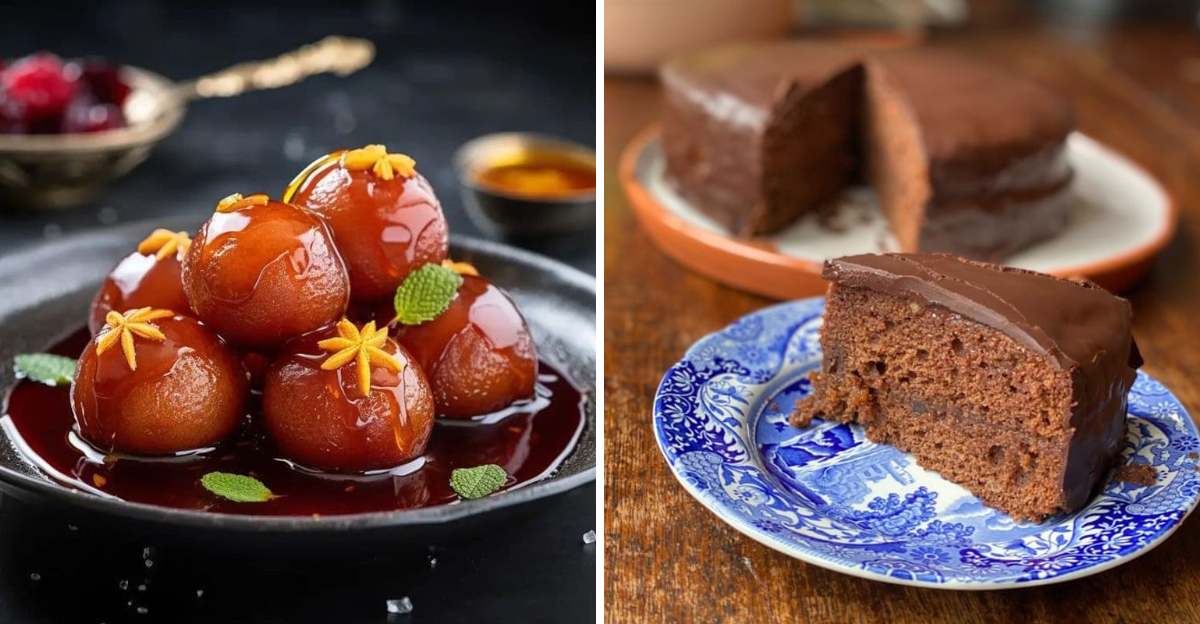
Sweet treats from around the world tell fascinating stories about different cultures and traditions. Each country has developed desserts using local ingredients and cooking methods passed down through generations. From soft rice cakes in Japan to flaky pastries in the Middle East, these desserts showcase how geography, history, and family traditions shape what we eat. Get ready to explore different falvors.
1. Japanese Mochi
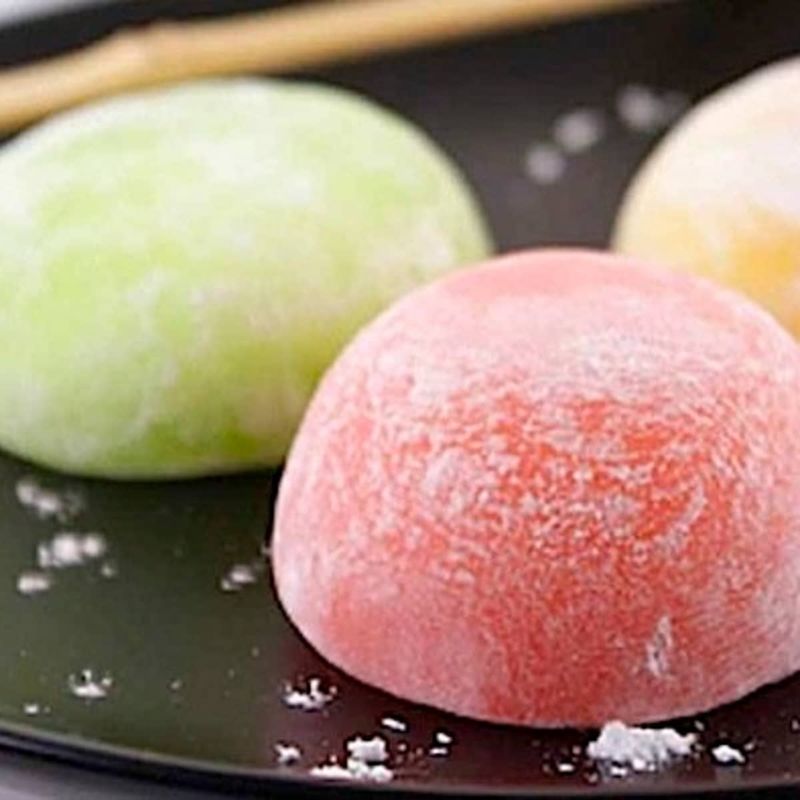
Mochi begins with glutinous rice that is pounded into a smooth, stretchy dough. In Japan, families often prepare it together during different occasions, taking turns using a heavy wooden hammer. The chewy texture can catch first-time tasters off guard, but many grow fond of it quickly. Some types are filled with sweet red bean paste, while others are paired with ice cream for a more modern variation. Making mochi takes time and strength, the rice must be steamed carefully, then pounded until completely smooth.
2. Spanish Churros

Street vendors across Spain fill the air with the smell of frying churros each morning. The dough is pushed through a star-shaped tip, forming ridges that hold onto cinnamon sugar. Dipping warm churros into thick hot chocolate brings a sense of comfort, especially on cold days. Spanish families often enjoy this pairing for breakfast or afternoon snacks. Getting the oil temperature right is important—if it’s too hot, the outside darkens too fast while the inside stays undercooked.
3. Turkish Baklava

Baklava takes patience and steady hands, as bakers brush dozens of paper-thin phyllo sheets with melted butter. Each layer must be handled with care because phyllo tears easily once it dries out. Chopped pistachios or walnuts are added between the layers, giving a crunchy contrast to the flaky pastry. After baking, a thick syrup is poured over the hot dessert, soaking through the layers to add rich sweetness. In many Turkish households, baklava recipes are passed down through generations. For the right texture, the syrup should be cool before being poured, helping the pastry stay crisp.
4. Indian Gulab Jamun

Gulab jamun starts with milk powder mixed into a soft dough, then shaped into small, even balls by hand to ensure consistent cooking. These are gently fried in oil until golden, then soaked in sugar syrup flavored with cardamom and rose water, which gives them a floral aroma. When prepared well, they absorb the syrup while remaining tender inside. Indian families often prepare large batches for different events. Maintaining medium heat during frying helps the dough cook through evenly without burning.
5. Australian Pavlova
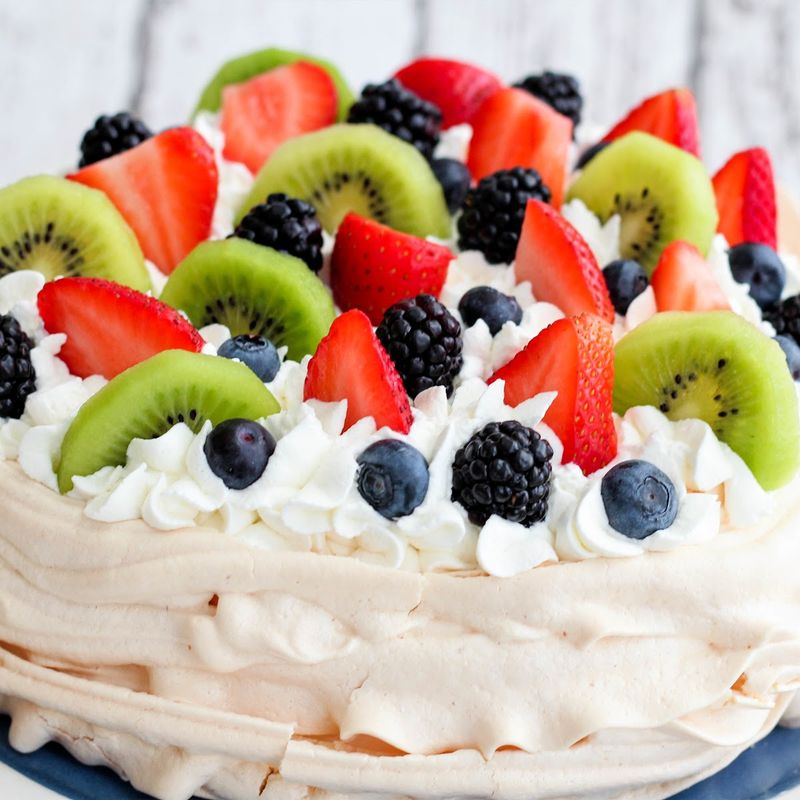
Pavlova is named after a renowned Russian ballerina who toured Australia in the 1920s. The dessert is known for its light, airy texture that melts when eaten. The base is made by whipping egg whites with sugar, then baking it slowly at a low temperature until the outside is crisp while the inside remains soft and marshmallow-like. Fresh fruits and cream are added on top, bringing a mix of colors and flavors. Adding an acid and cornstarch helps keep the meringue stable. Without these, the pavlova tends to collapse instead of holding its shape well.
6. Portuguese Pastel de Nata

These custard tarts originated centuries ago in Portuguese monasteries, where monks used leftover egg yolks from the process of making grape juice. Today, bakeries across Portugal produce thousands each day. The pastry involves folding butter into dough several times, resulting in many flaky layers. When baked at high heat, the custard tops develop characteristic dark spots with a slightly bitter flavor. Pastel de nata is best enjoyed warm from the oven. The custard should still have a gentle wobble when the tart is moved, indicating it is set but retains a creamy texture.
7. Mexican Tres Leches Cake

Tres leches cake absorbs a blend of condensed milk, evaporated milk, and heavy cream until fully soaked. The sponge needs enough firmness to hold all the liquid without breaking apart. Mexican families often serve this dessert at gatherings, topping it with fresh fruit or a sprinkle of cinnamon. Each slice offers deep moisture and rich milk flavors. The cake improves after resting overnight in the refrigerator, allowing the milk mixture to soak through every crumb thoroughly.
8. Australian Lamingtons
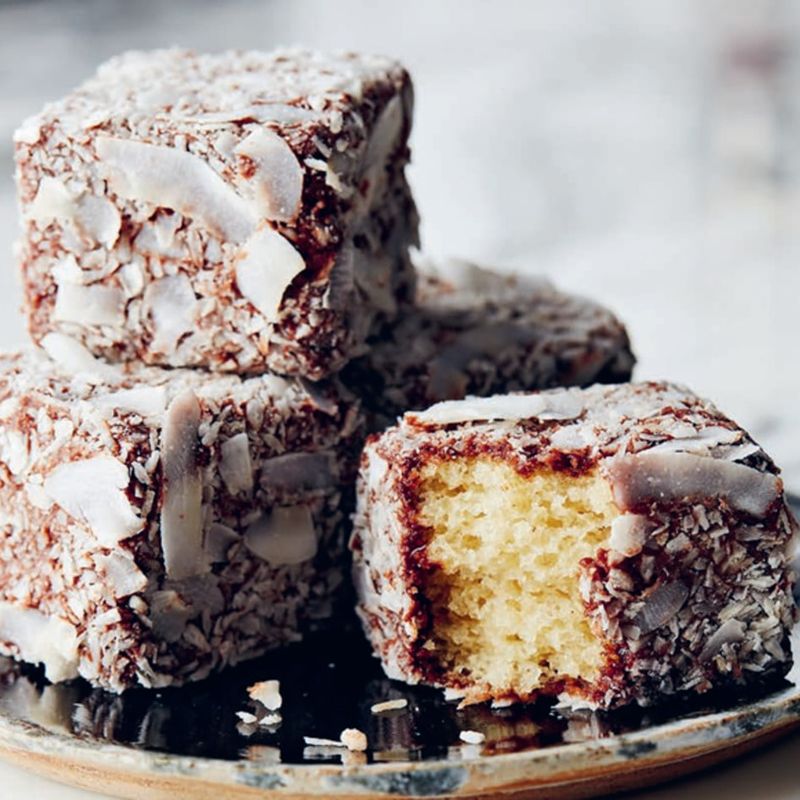
Lamingtons are named after Lamington, a former Queensland governor who likely never expected his name to be linked with a cake. These modest squares became a staple in Australia, popular through school fundraisers and community gatherings. Using day-old sponge cake is important because fresh cake tends to fall apart when dipped in chocolate. The chocolate coating should be just the right thickness to soak in while holding the shredded coconut on the outside. Australian children often join in making lamingtons at home, rolling the chocolate-covered pieces in coconut. Though it can get messy, it’s an activity that brings families together in the kitchen.
9. Middle Eastern Knafeh

Knafeh combines shredded phyllo dough with stretchy cheese, offering a contrast between a crispy top and a soft, gooey center. Palestinian and Lebanese families often debate which version is superior. Orange blossom syrup is poured over the hot pastry, soaking into the layers while adding a subtle floral sweetness. Pistachios sprinkled on top add both color and a crunchy texture that balances the smooth cheese. In the Middle East, street vendors serve knafeh from large round pans, cutting wedges as ordered. The cheese stretches when lifted, indicating it has reached the right temperature for serving.
10. Philippine Halo-Halo
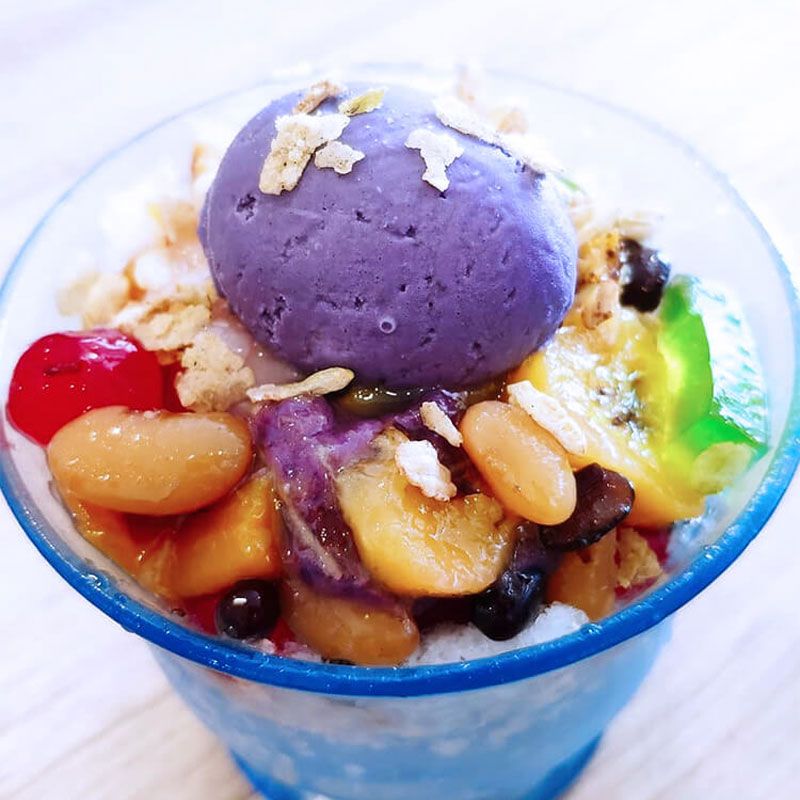
Halo-halo means “mix-mix” in Filipino, referring to the way all the colorful ingredients are stirred together. Each spoonful offers a variety of textures and flavors, from chewy beans to smooth ice cream. During the hot Philippine summers, this icy dessert is a popular way to cool down. Families often have their own versions of ingredients, passed down through generations. The experience comes from uncovering what lies beneath the shaved ice. Sweet beans, tropical fruits, and jellies combine for a sweet mix treat.
11. Korean Tteok
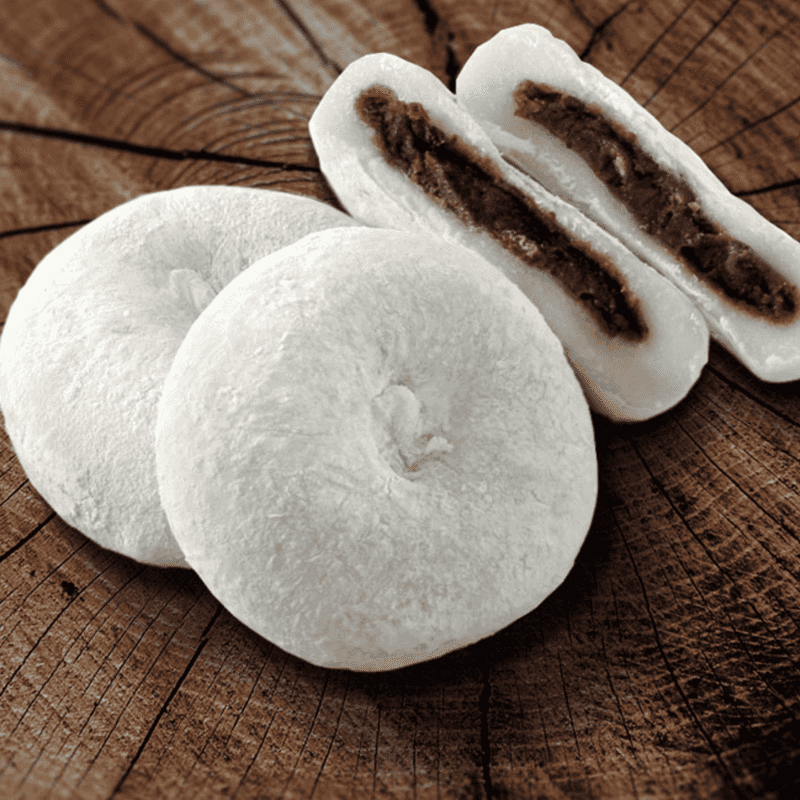
Korean families prepare tteok for different occasions and important gatherings, associating its chewy texture with positive wishes. Different colors and fillings carry various meanings within Korean culture. Glutinous rice is steamed and pounded until smooth, then shaped by hand into different forms. Some versions include sweet red bean paste inside, while others are coated with soybean powder. The chewy texture takes time to fully appreciate, but children grow up enjoying it as part of their heritage. Eating tteok connects them to long-standing traditions and family memories.
12. Austrian Sacher Torte

Franz Sacher developed this cake in 1832 at the age of 16 while apprenticing in Vienna. His recipe gained such recognition that hotels continue to debate over the original version. The dense chocolate cake is layered with apricot jam, then coated with a smooth chocolate glaze that hardens to a shiny finish. The apricot adds a bright contrast to the rich chocolate. Viennese cafes typically serve Sacher torte alongside unsweetened whipped cream, allowing guests to adjust the sweetness to their liking. Each slice reflects a long history of Austrian baking skill and tradition.
13. Indian Ras Malai

Ras malai, which means “cream juice,” features soft cheese dumplings floating in sweetened milk. Bengali sweet makers regard this as one of their finest creations. Fresh cheese is kneaded until smooth, shaped into flat discs, and cooked in sugar syrup. The dumplings soak up the syrup while remaining tender, then rest in saffron-infused milk. Aromas of cardamom and pistachios add a fragrant finish to each serving. Indian families often prepare ras malai for weddings and important gatherings, serving it to guests as a mark of respect and hospitality.
14. German Black Forest Cake

Black Forest cake originates from southern Germany’s Black Forest area, known for its abundant cherry trees. Local bakers combined their finest ingredients to craft this well-known layered dessert. The chocolate sponge cake is soaked with cherry syrup, then layered with whipped cream and tart cherries. The tartness of the cherries contrasts with the richness of the chocolate and cream, achieving a balanced flavor. Bakeries in Germany often finish the cake with chocolate shavings and fresh cherries. The overall combination evokes the feeling of strolling through a cherry orchard on a summer day.
15. French Macarons
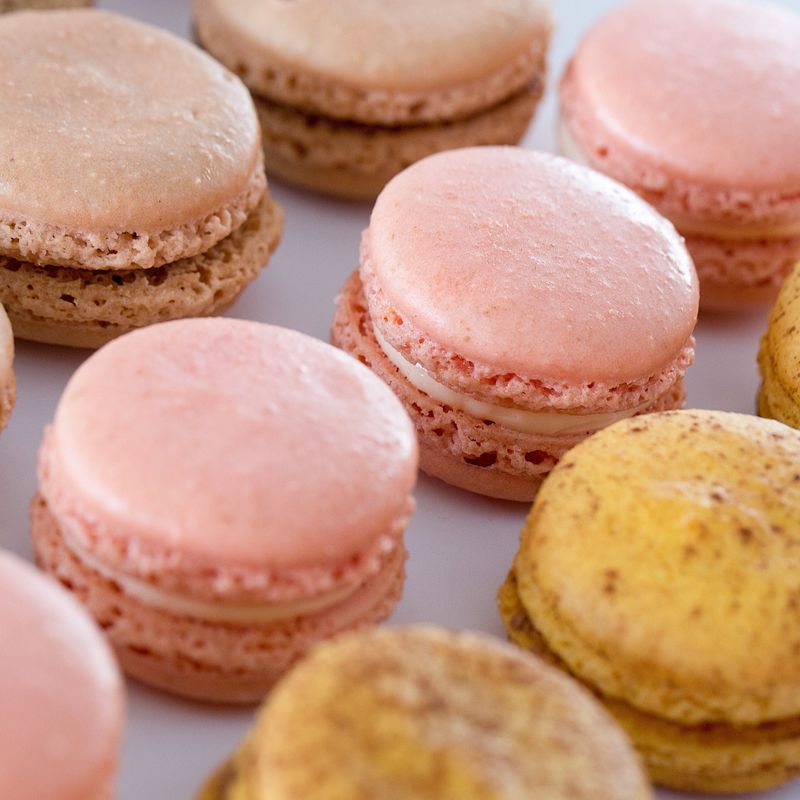
French macarons demand exact measurements and careful timing, making them a challenge for any baker. The almond flour and egg whites need to be gently folded just enough to reach the desired texture. Each macaron forms “feet,” the ruffled edges that indicate skilled technique. The shells are smooth on top with a slight chewiness that yields to a creamy filling. Parisian patisseries showcase macarons like treasures, offering flavors from traditional rose to more unusual blends. These delicate cookies stand as a hallmark of French pastry craftsmanship and attention to detail.
